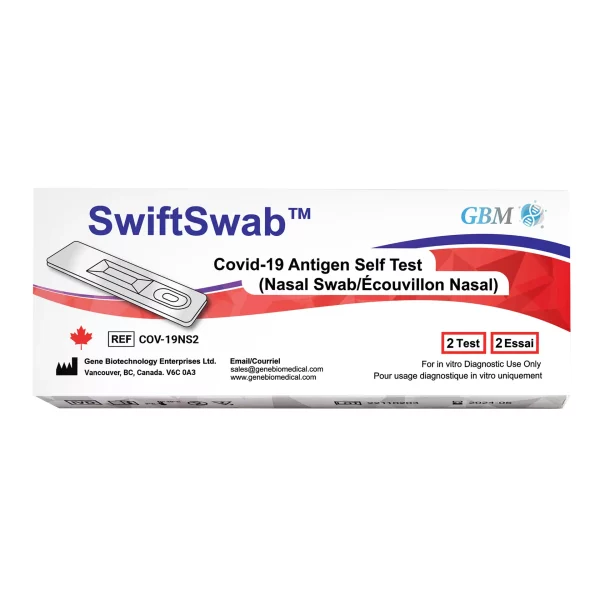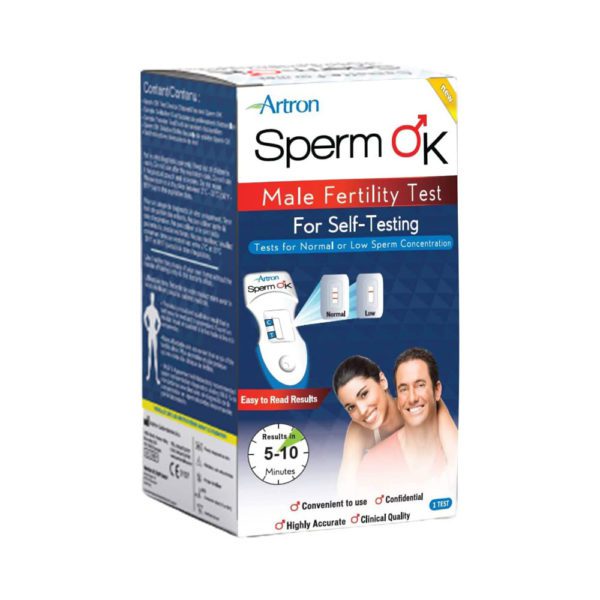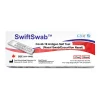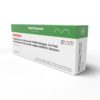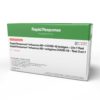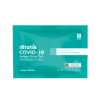Vitamin D is important so you can keep your bones strong and your immune system healthy.
While sunlight exposure is the primary source of this nutrient, it can also be found in select
foods and dietary supplements.
Unfortunately, inadequate or deficient vitamin D levels are also a global concern, which can potentially lead to various health issues, including osteoporosis, autoimmune disorders and certain types of cancer.
In this article, we will look into the various methods available for monitoring vitamin D levels.
Why is it important to monitor your vitamin D level?
When your skin is exposed to sunlight, it produces vitamin D, which is also called as the “sunshine vitamin.”
Factors like the following can affect your body’s vitamin D production:
- Skin tone
- Location
- Weather
- Time of day
- Sunscreen use
What happens if you don’t get enough vitamin D?
Insufficient vitamin D levels increase the risk of:
- Osteoporosis
- Bone fractures
- Muscle weakness
- Depression
- Heart disease
- Diabetes
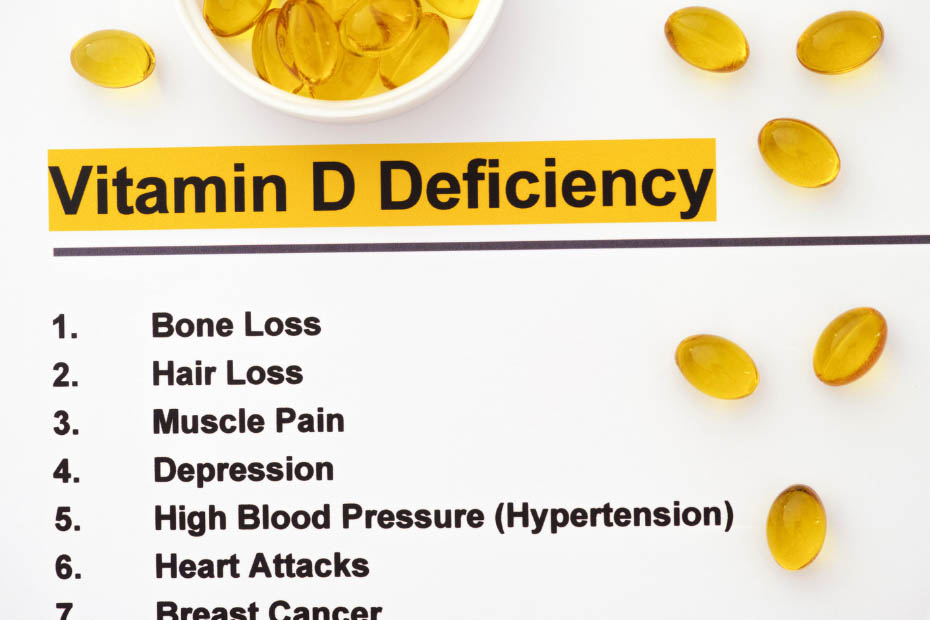
What happens if you get too much vitamin D?
Just like how vitamin D deficiencies can increase the risk to several health conditions, excessive vitamin D levels can also be harmful. It can lead to toxicity, resulting in symptoms like:
- Nausea
- Vomiting
- Constipation
- Kidney damage
While regular monitoring of vitamin D levels is important for everyone, those who belong to these populations are advised to monitor it more frequently:
- Infants
- Pregnant and lactating women
- People with vitamin D-related medical conditions
- Older adults
By doing so, their healthcare providers can take necessary measures to maintain optimal health and prevent vitamin D-related problems.
Methods for measuring vitamin D levels
A normal vitamin D level is considered to be at least 50 ng/mL or 125 nmol/L. To maintain this, here are the most common methods to measure it.
1. 25-Hydroxyvitamin D test
The 25-hydroxy vitamin D test is commonly used to monitor vitamin D levels, which reports results in ng/mL or nmol/L.
It measures the stable form of vitamin D in the blood, known as 25(OH)D, which is the best marker for assessing vitamin D status.
2. Liquid chromatography-tandem mass spectrometry (LC-MS/MS)
Because of its high specificity, sensitivity and accuracy, this test is the most reliable method to measure serum 25-hydroxyvitamin D (25(OH)D) levels.
It precisely quantifies both vitamin D2 and D3 metabolites, making it valuable for monitoring responses to supplementation or treatment.
LC-MS/MS can measure 25(OH)D levels in various samples, including:
- Serum
- Plasma
- Dried blood spots
- Tissues
Despite being the gold standard for measuring vitamin D levels, this test needs specialized equipment and trained personnel requirements, which may limit its accessibility in specific settings.
3. Radioimmunoassay (RIA)
This is an older immunoassay technique that uses antibodies to detect and quantify the blood’s 25(OH)D concentration. RIA can also differentiate between 25(OH)D2 and 25(OH)D3.
Although RIA provides semi-quantitative results, it’s less accurate than LC-MS/MS. Despite that, it’s still highly reliable and is used in medical laboratories or older clinical facilities.
The three main stages of RIA involve:
- Serum 25(OH)D extraction
- Incubation with a labeled 25(OH)D tracer
- Separation of bound and free 125I tracer
To ensure accuracy and reliability, RIA should be conducted by experienced professionals using calibrated instruments and appropriate quality control procedures.
4. Enzyme-linked immunosorbent assay (ELISA)
This test uses an enzyme to label vitamin D proteins.
ELISA offers advantages such as:
- Affordability
- Simplicity
- Speed
However, commercial ELISA kits vary in specificity and sensitivity across manufacturers, potentially affecting result accuracy and biological significance.
5. Point-of-care testing (POCT)
Point-of-care testing (POCT) offers rapid and precise vitamin D level monitoring with its ability to analyze blood samples on-site and deliver results within 15 minutes.
This technology is helpful in remote areas with limited access to traditional testing methods. It also enables real-time monitoring of patients’ vitamin D status during treatment in clinical settings. With POCT, you can save time and money because you don’t need to make multiple laboratory visits. While less accurate than conventional testing methods, it remains valuable for monitoring vitamin D levels in specific situations.
Takeaway
Accurate and regular monitoring of your vitamin D levels is essential for different reasons, from diagnosing deficiencies and assessing risks for chronic diseases to monitoring treatment response and ensuring optimal levels during critical periods of your life.
While there are different methods to measure vitamin D levels, consider the limitations and variations associated with different methods and follow recommended guidelines and protocols for accurate interpretation of results.





